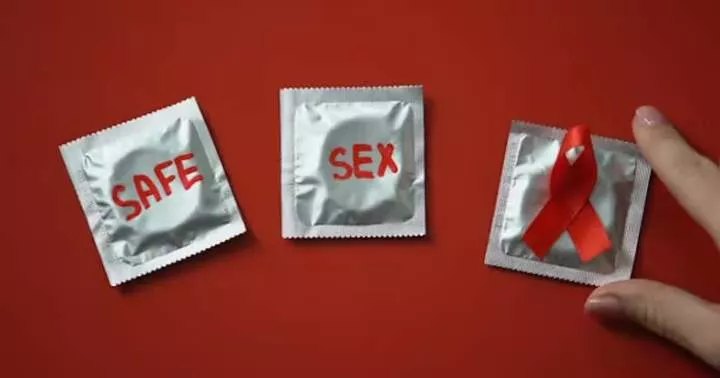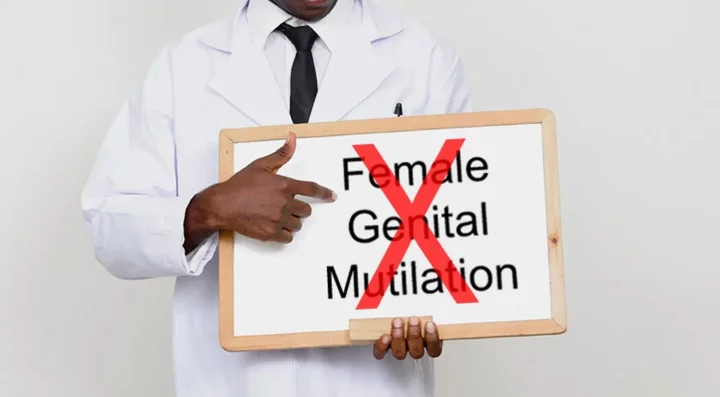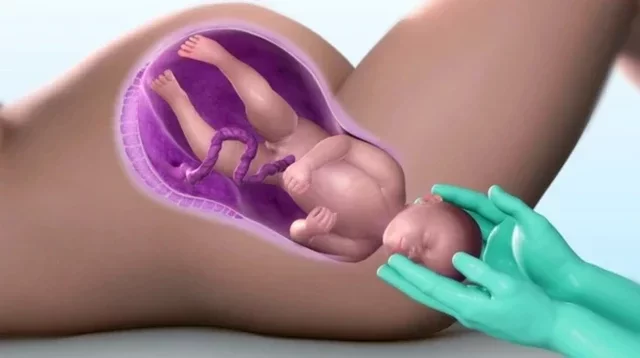![What's the difference between STIs and STDs? [FocusWomen'sCenter] What's the difference between STIs and STDs? [FocusWomen'sCenter]](https://static.netnaija.com/i/4lNm1kzYNRo.webp)
STIs and STDs are used interchangeably, but they have distinct meanings.
When it comes to understanding sexual health, many people wonder about the difference between sexually transmitted infections (STIs) and sexually transmitted diseases (STDs).
While both terms refer to infections that are spread through sexual contact, they describe different stages of health conditions.
An STI refers to a sexually transmitted infection, which is an infection passed from one person to another through sexual activity.

This can include bacteria, viruses, parasites, or fungi. An infection means that the pathogen is present in the body, potentially causing damage.
However, not all infections progress to the point where they cause noticeable symptoms or health issues. On the other hand, an STD, or sexually transmitted disease, occurs when the infection leads to symptoms and clinical illness. For instance, the human papillomavirus (HPV) can be present in many individuals without symptoms, making it an STI. However, if HPV leads to genital warts or cervical cancer, it has progressed to an STD
Key differences and implications
The key difference between STIs and STDs lies in the presence of symptoms. STIs may not always show symptoms, making them silent carriers. This is crucial because individuals may unknowingly spread the infection to others. STDs, however, usually present symptoms that indicate the disease stage of an infection. For example, chlamydia is an STI that might not show symptoms, but if left untreated, it can lead to pelvic inflammatory disease (PID), a serious STD that can cause infertility.
The shift in terminology from STD to STI among healthcare providers is partly due to the desire to reduce stigma. The term "disease" can sound severe and scary, potentially discouraging people from seeking testing and treatment. By using "infection," healthcare professionals aim to emphasise that these conditions are manageable and often treatable.
Prevention and treatment
Preventing STIs is the best way to prevent STDs. Safe sex practices, such as using condoms, are effective methods.

Regular screenings and open communication with sexual partners and healthcare providers are also vital. Vaccines are available for some STIs, like HPV and hepatitis B, providing an additional layer of protection.
Treatment varies depending on whether the STI is bacterial, viral, or parasitic. Bacterial infections like gonorrhoea and syphilis can often be cured with antibiotics. Viral infections, such as herpes or HIV, are not curable but can be managed with antiviral medications.
It's important to get tested regularly, even if you feel healthy, as many STIs do not show symptoms Early detection and treatment can prevent the progression from an infection to a disease, safeguarding your health and the health of your partner(s).
















Comments